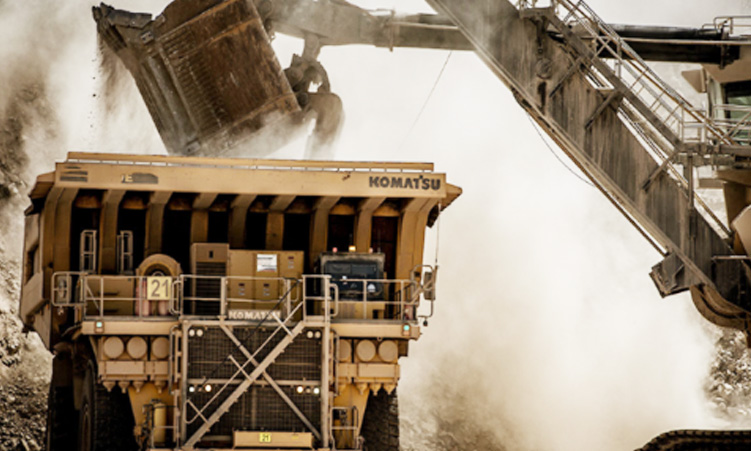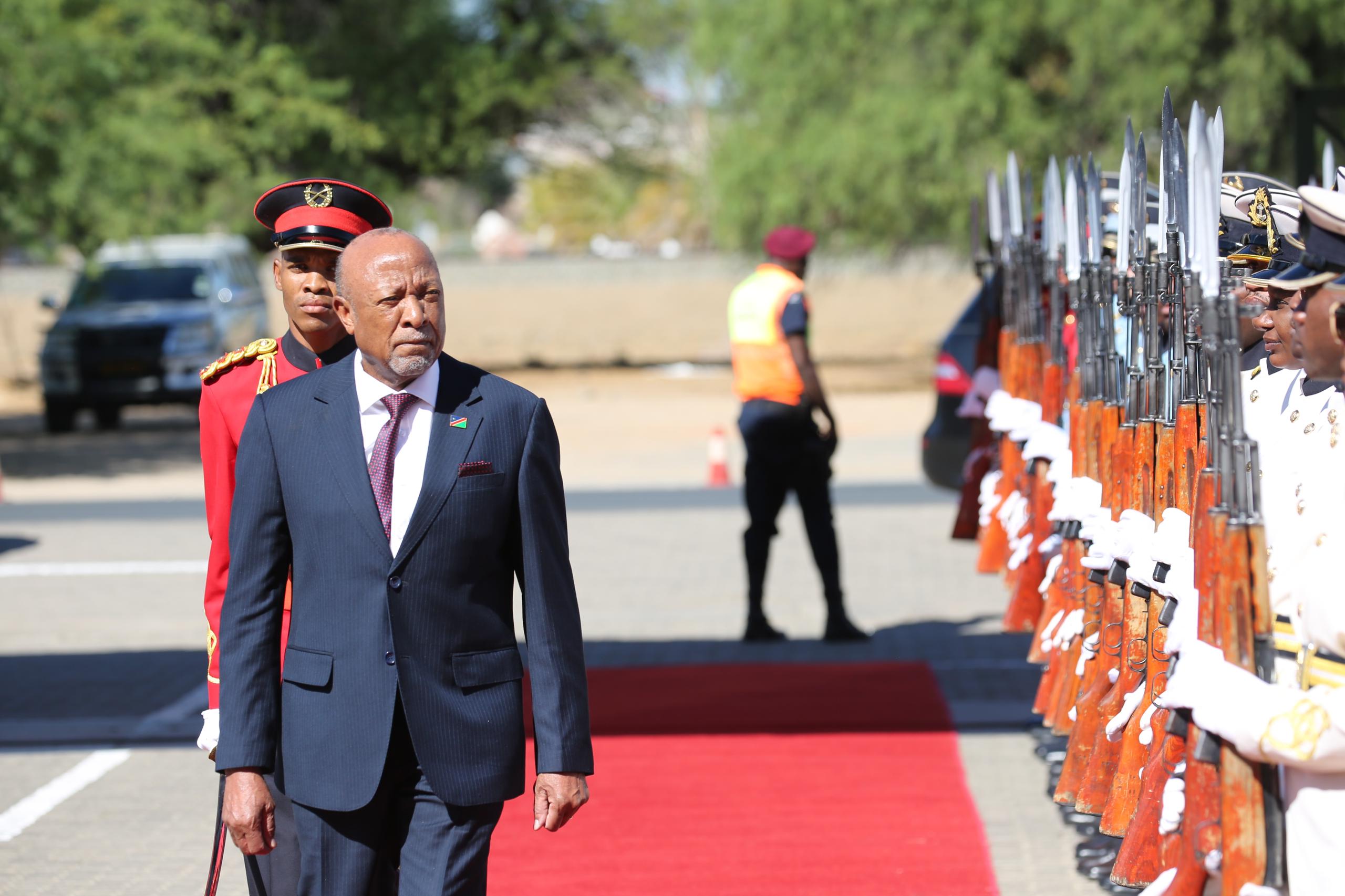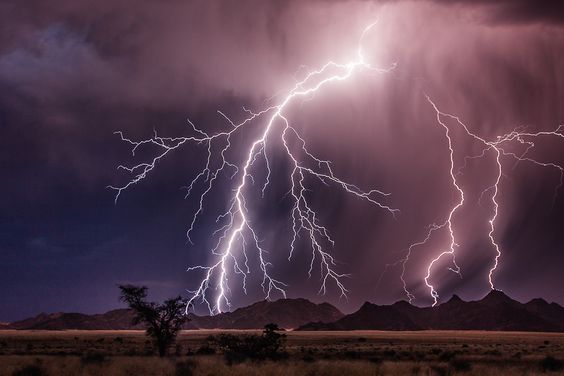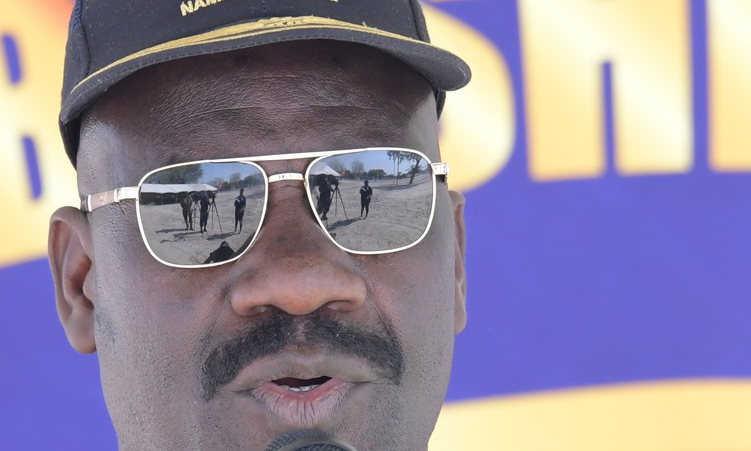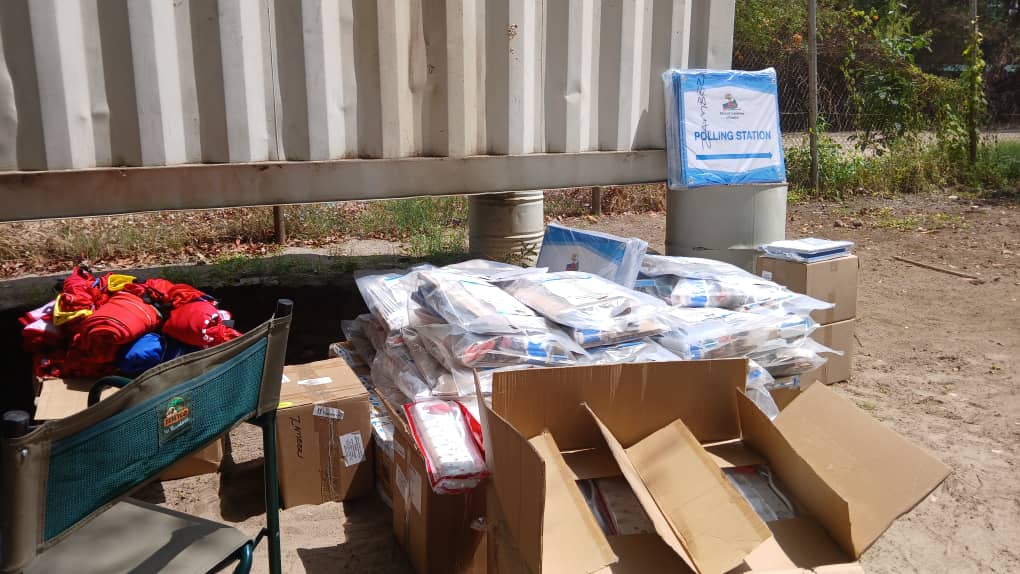THE Swakop Uranium Mine says it is projecting that it would make a profit for the first time since its inception.
The chairperson of the mine’s board, An Junjing, said this during the mine’s sustainability report launch.
Junjing could, however, not say how much profit the mine made because the annual financial results are not out yet.
Swakop Uranium operates from the Husab mine in the Namib Naukluft National Park and is the largest Chinese investment project in Africa to date, according to Junjing.
According to the mine’s sustainability report for 2022, the mine has 3 691 employees made up of 1 516 permanent employees and 2 175 contract employees.
Earlier this year, the mine reported a 10% increase in uranium production during the first quarter of the year, with 2 426 tonnes produced during the period, representing a 45% increase, compared to the same period last year.
Swakop Uranium executive vice president Irvinne Simataa said the figures the mine shared are attributed to the positive growth of strong mining and milling performance year to date.
Simataa said: “Uranium production is expected to not only meet but also exceed our budgeted production guidance. Swakop Uranium is confident in its ability to achieve and even surpass benchmark reliabilities of assets to maintain our current level of performance.”
Junjing said the focus of 2022 was environment management and there are many innovative techniques the mine has set to reduce environmental impact and avoid on-site dangers.
“The mine has embarked on a redesign of the waste dump facility, extending the riverbank to accommodate the new eastward footprint and by doing so the company has reduced the height of the dump,” said Junjing.
According to the report, this effort has improved the geotechnical stability and dumping efficiency and has led to a reduction in visual and dust pollution.
Reported in the company’s environmental management plan is the mine’s approach to green mining, which includes ensuring compliance with permits and authorisations that the mine is currently using.
This project has led to a reduction in equipment fuel use, contributing to an overall reduction in the mine’s carbon footprint.
Speaking on climate change, the sustainability development chairperson, Inge Zamwaani-Kamwi, said Namibia is very vulnerable to climate change.
“Our government has an ambition to reduce carbon emission and we have a role to play. We are in line with sdg7 and are dedicated to reducing our greenhouse gas emissions through the construction of the solar plant,” said Zamwaani-Kamwi.
Swakop Uranium generates up to 15 megawatts of power from its acid plant and has erected a 12-watt solar plant at the Husab plant in its efforts towards cleaner energy production.
“Through the setting up of the solar plant, the company aims to become more self-sufficient in its energy requirements,” said Zamwaani-Kamwi.
Swakop Uranium operates as a subsidiary of CGNPC Uranium Resources Co, Ltd, with the government-owned mining company Epangelo holding a 10% stake and Husab being the third uranium mine in production after Rio Tinto’s Rössing Uranium and Paladin Energy’s Langer Heinrich.
Stay informed with The Namibian – your source for credible journalism. Get in-depth reporting and opinions for
only N$85 a month. Invest in journalism, invest in democracy –
Subscribe Now!


